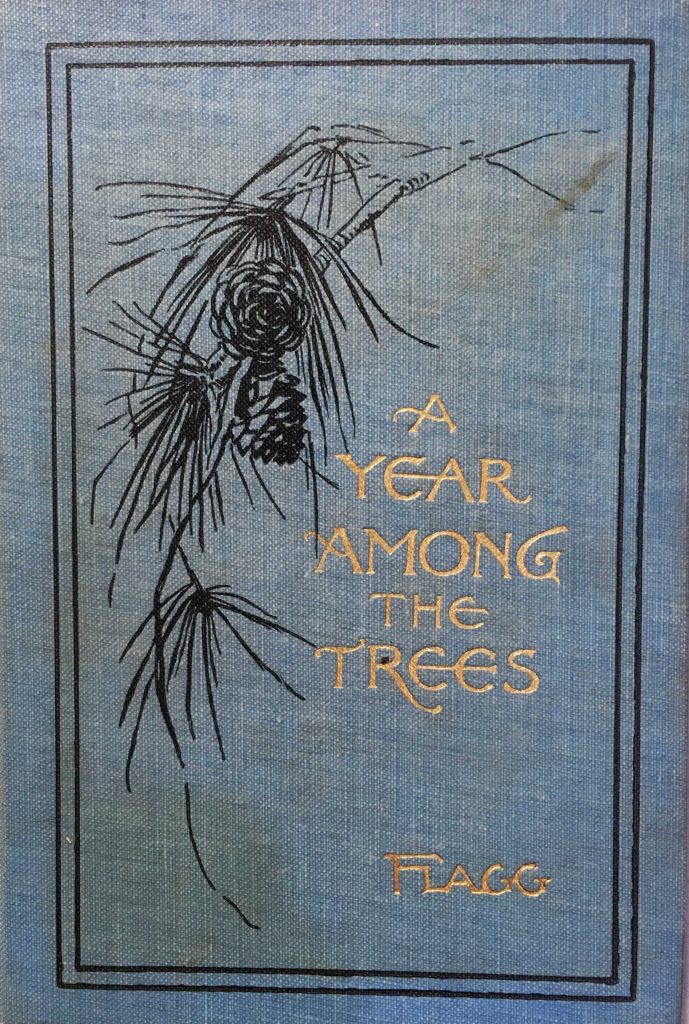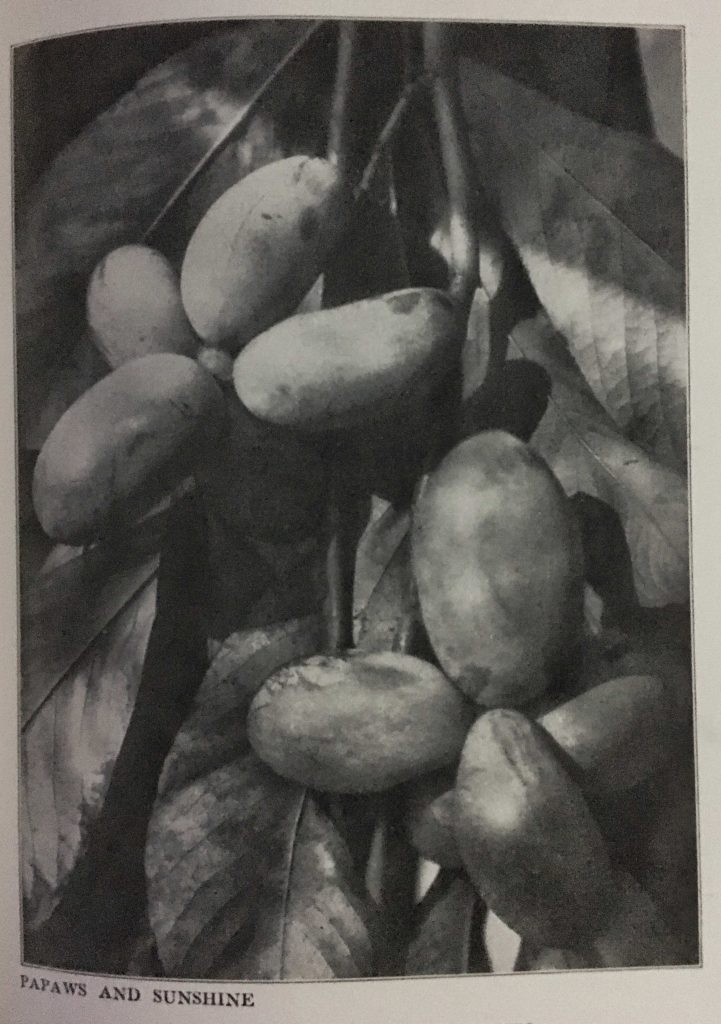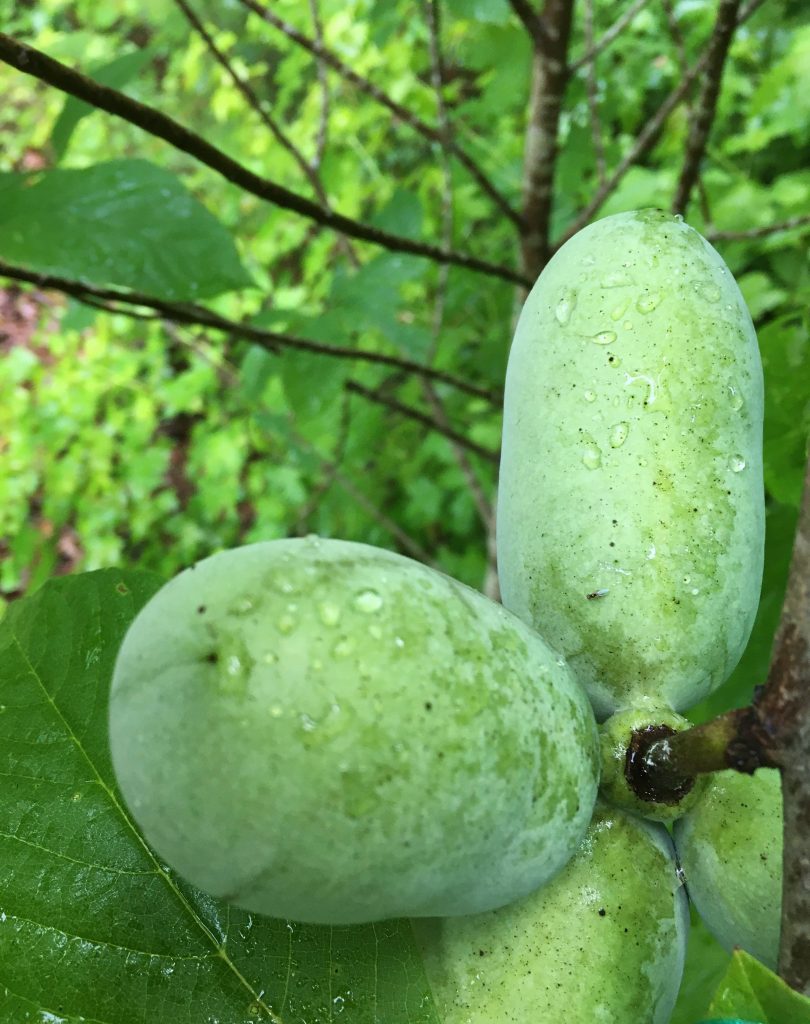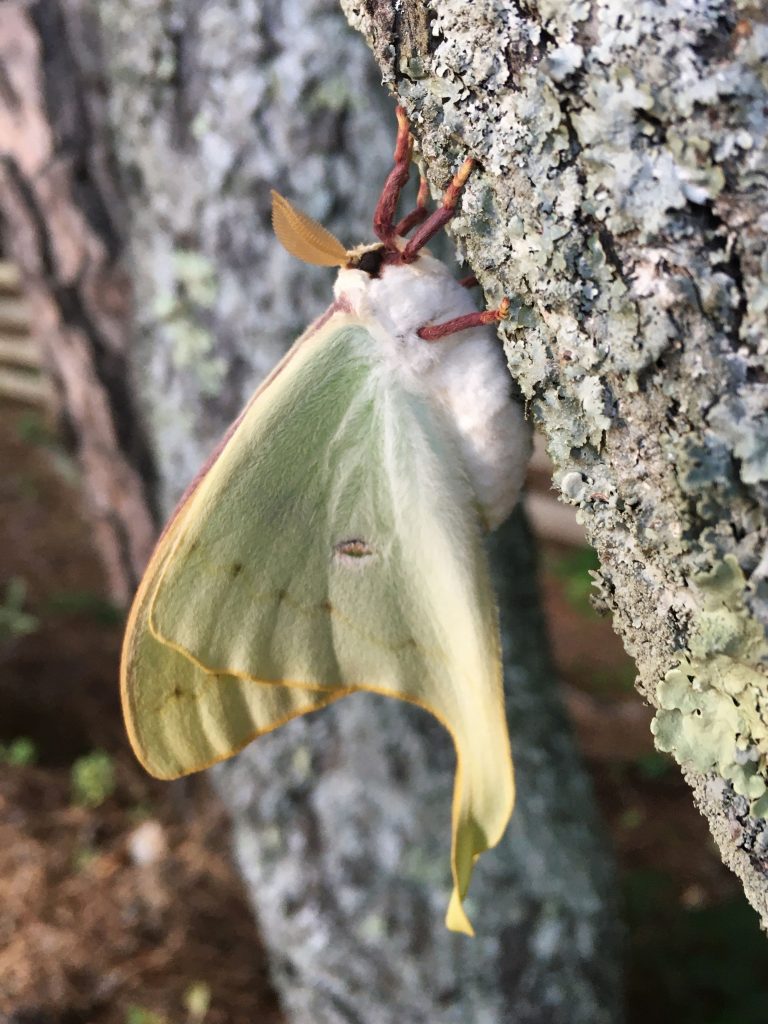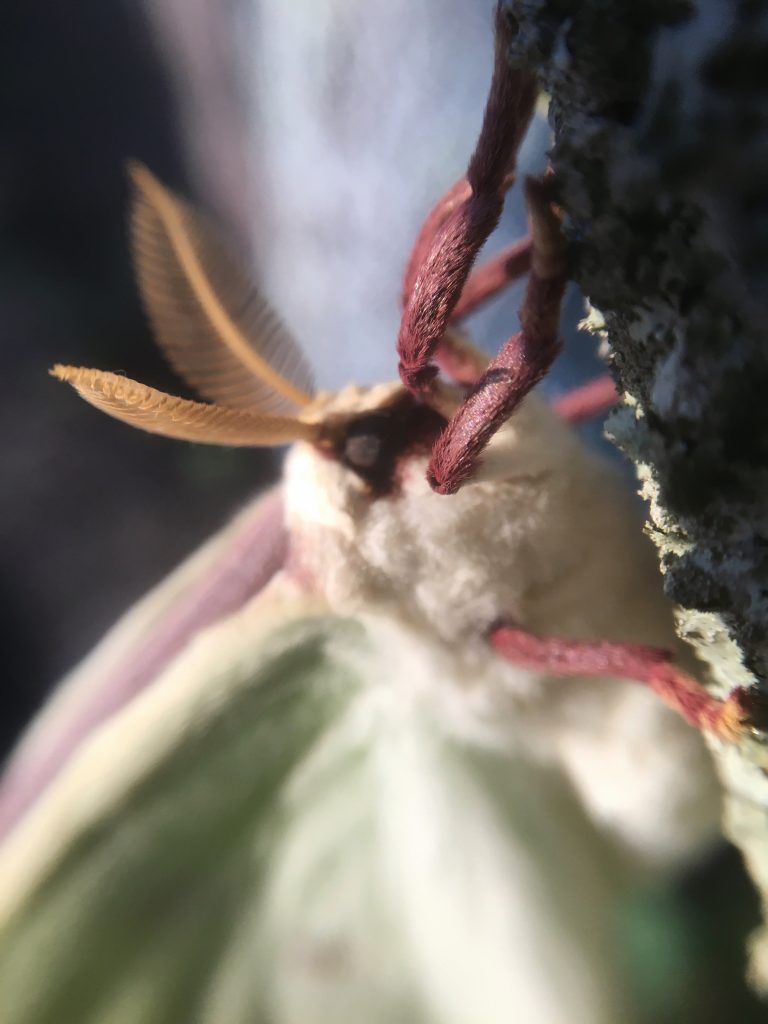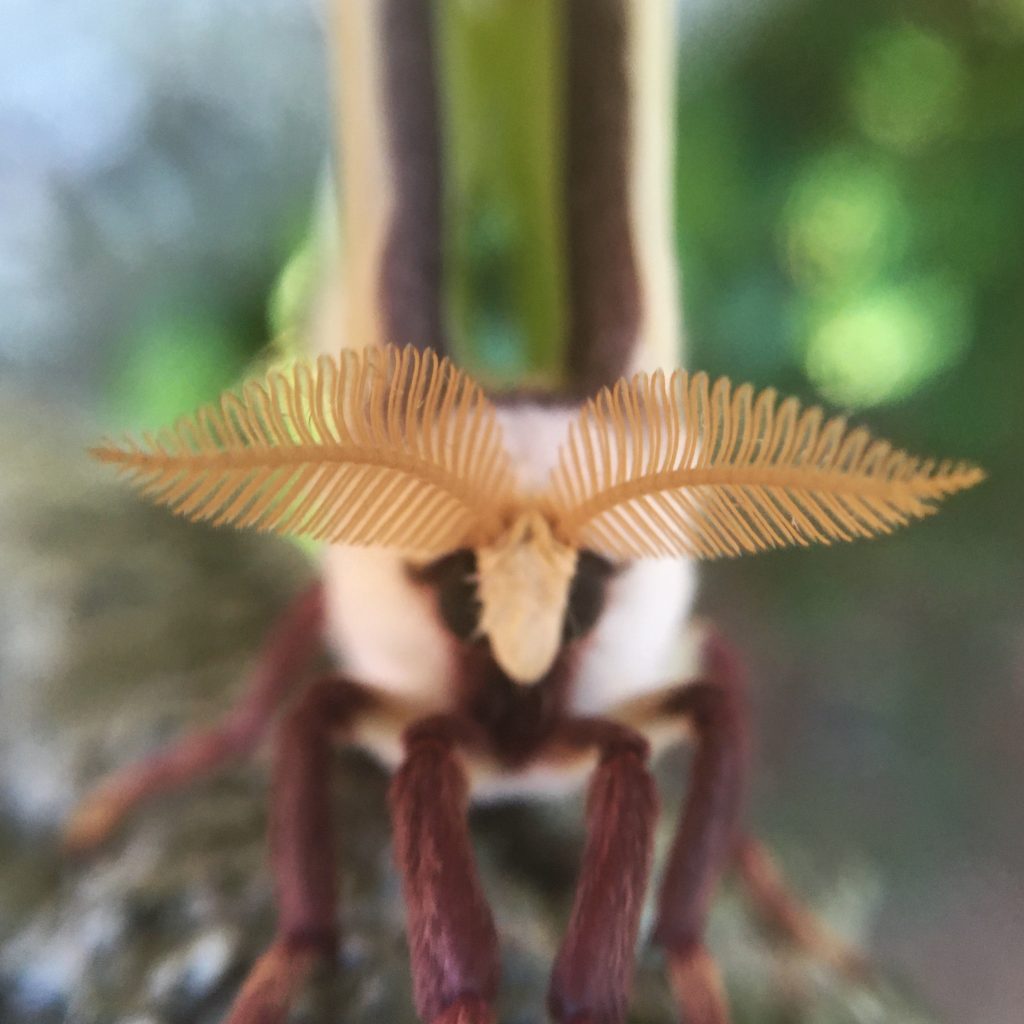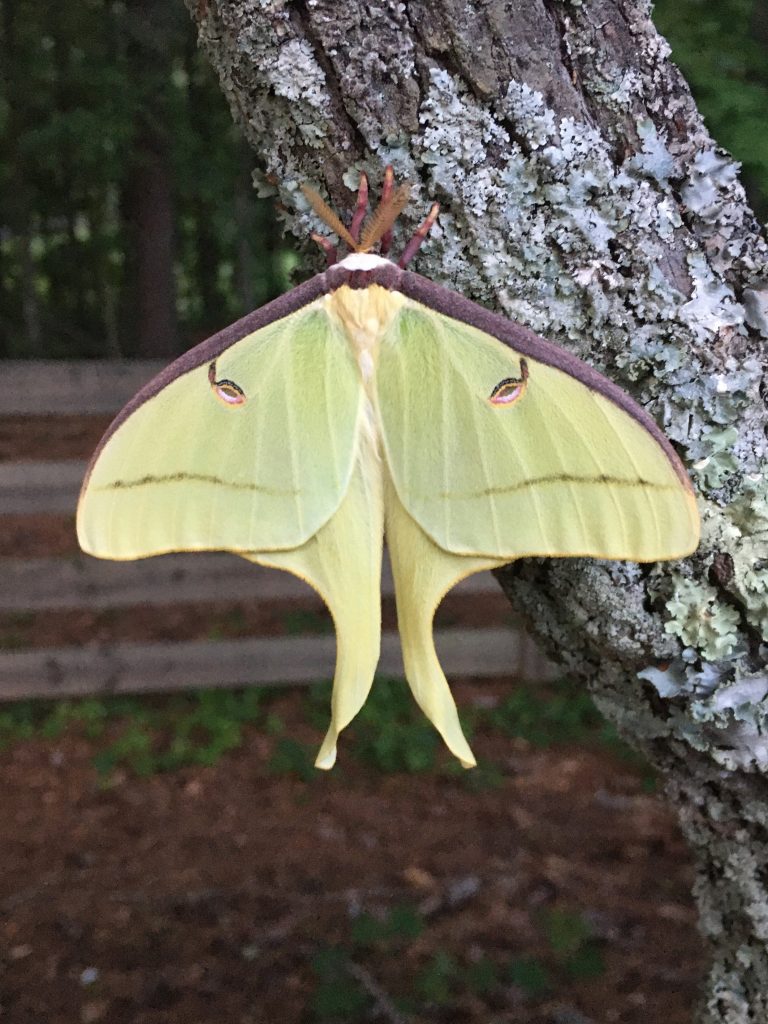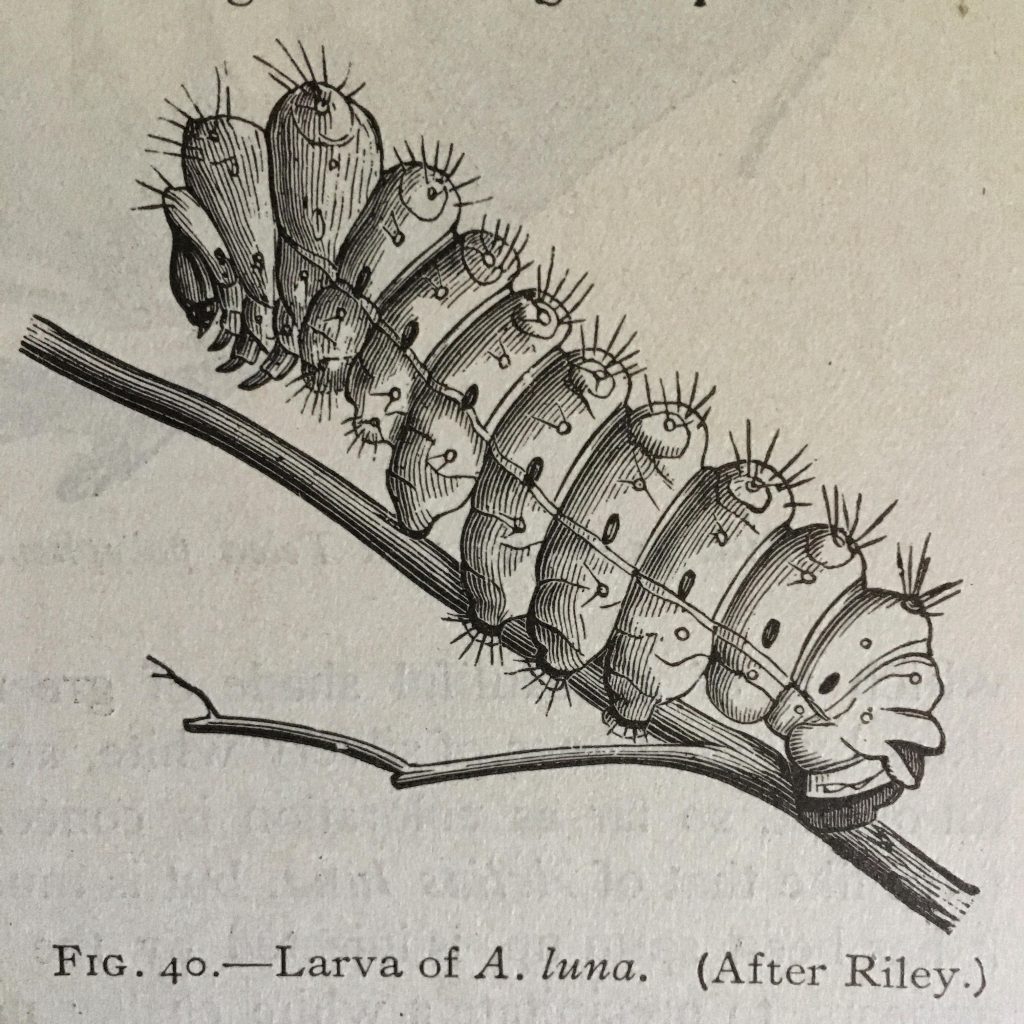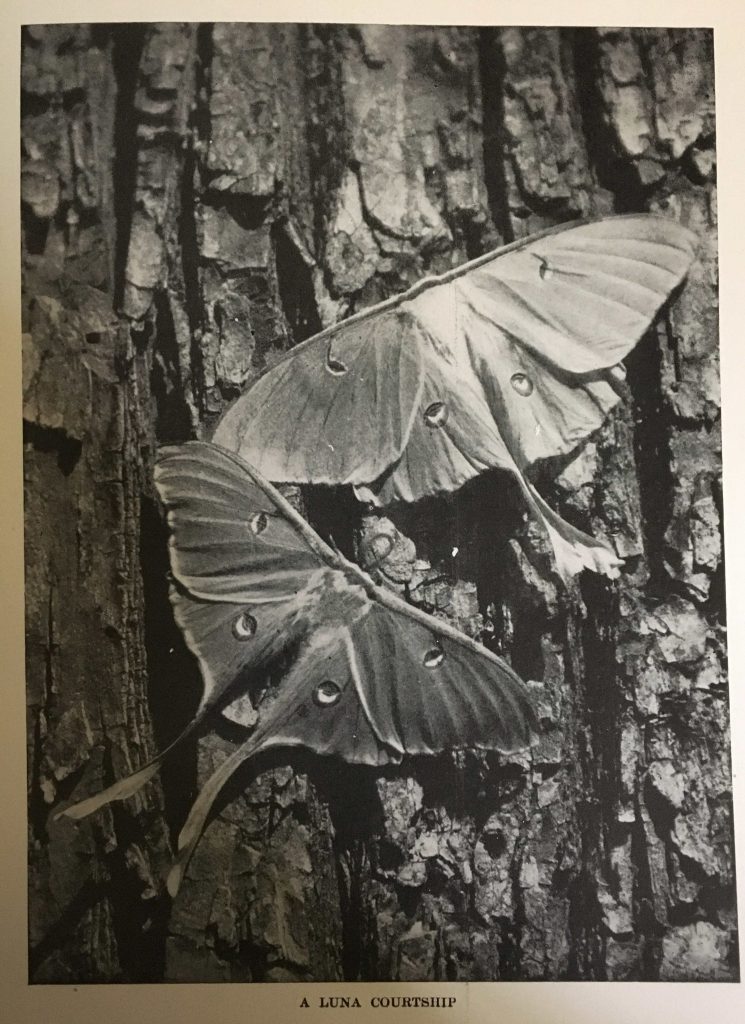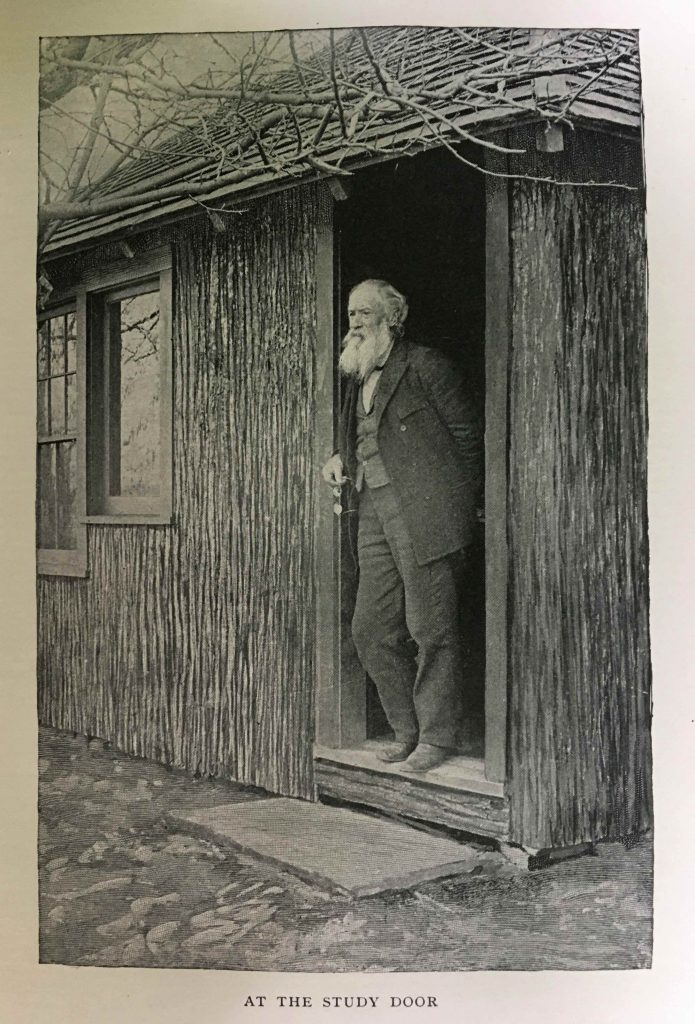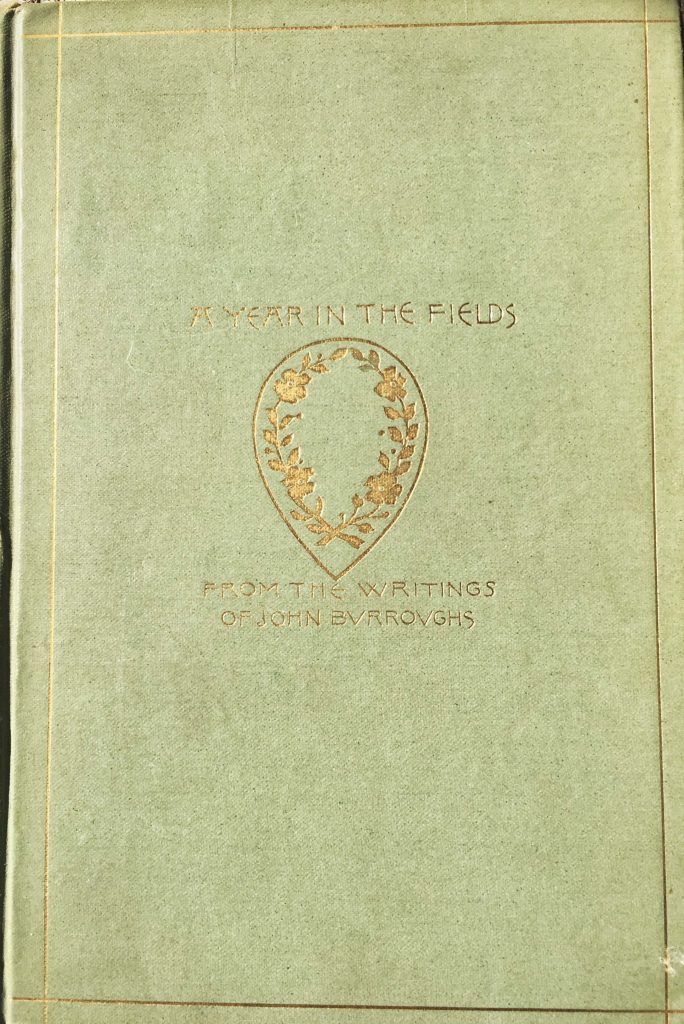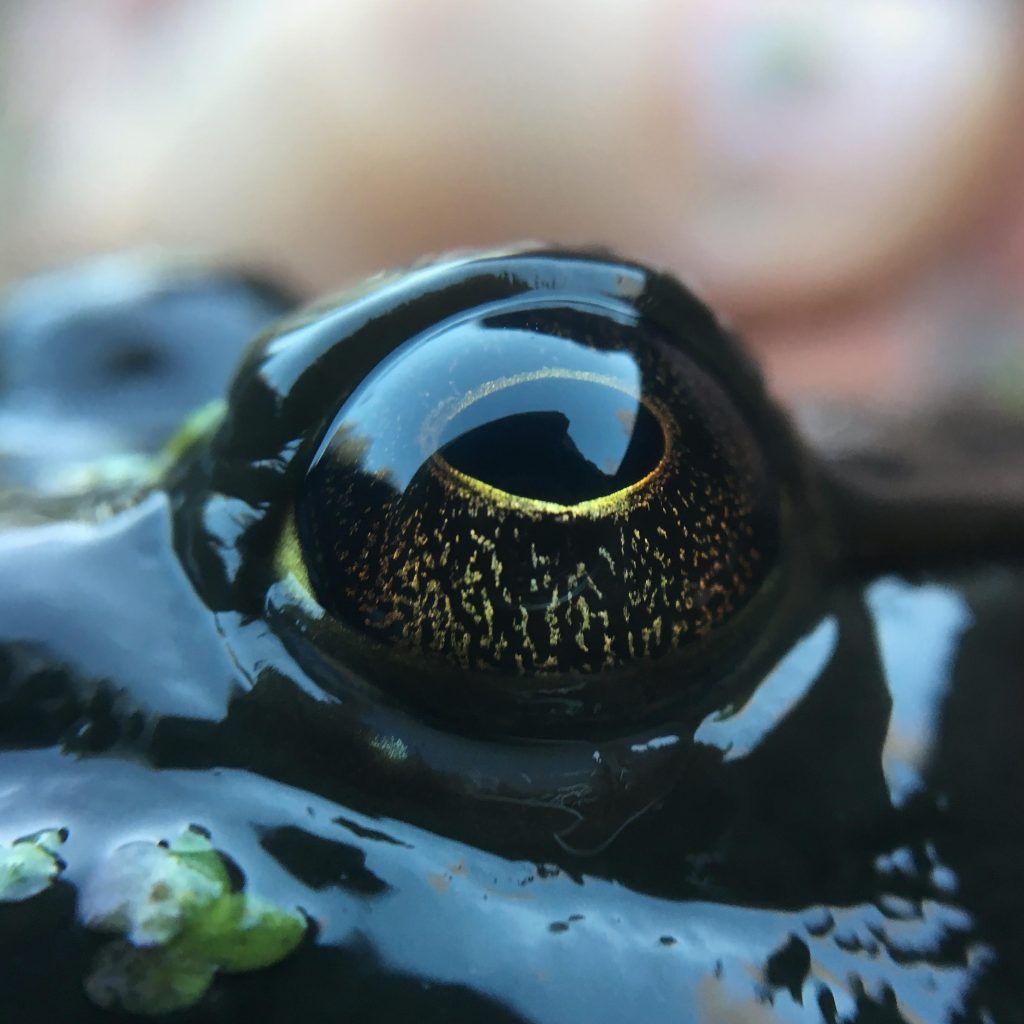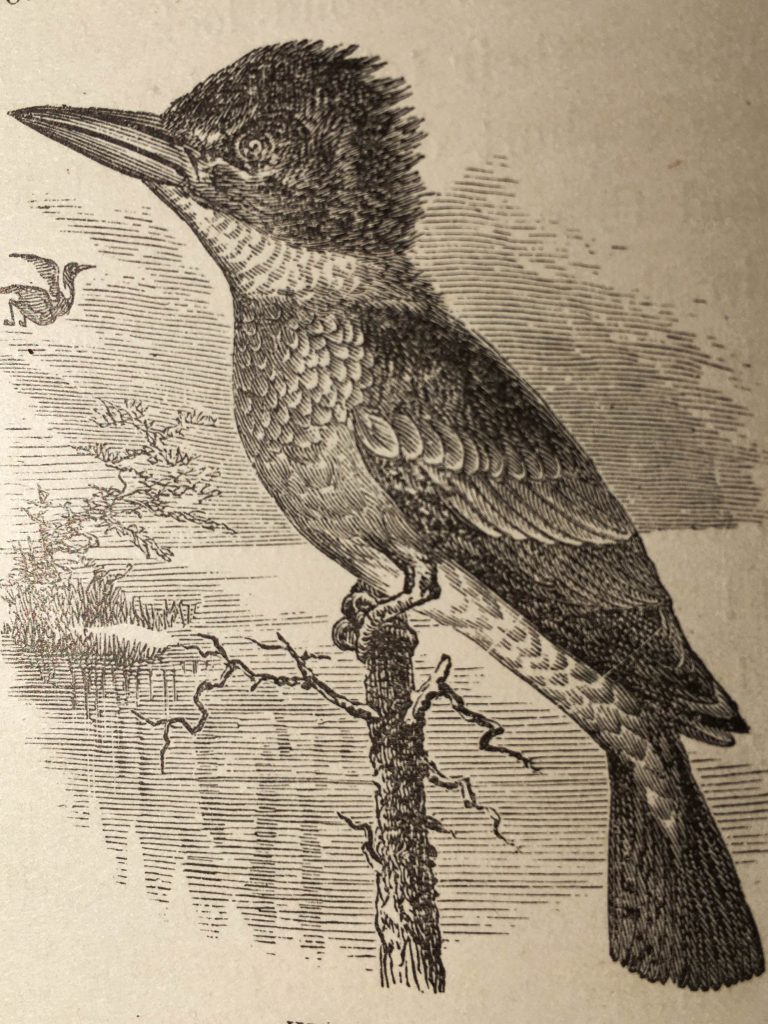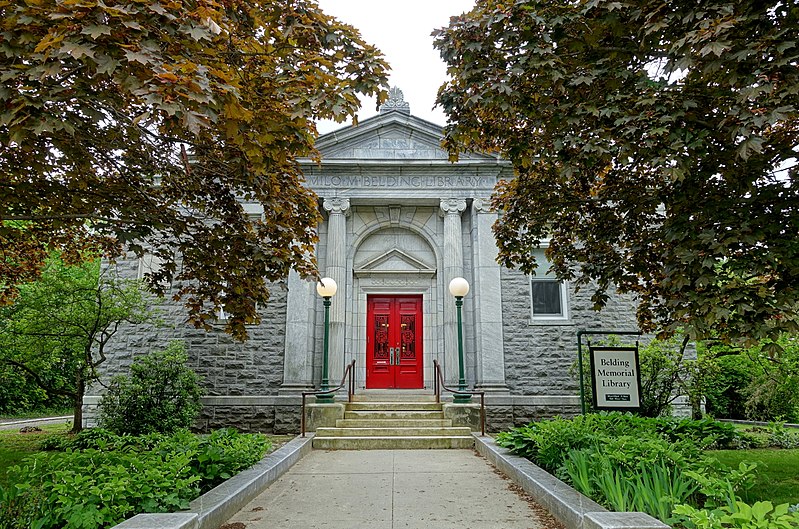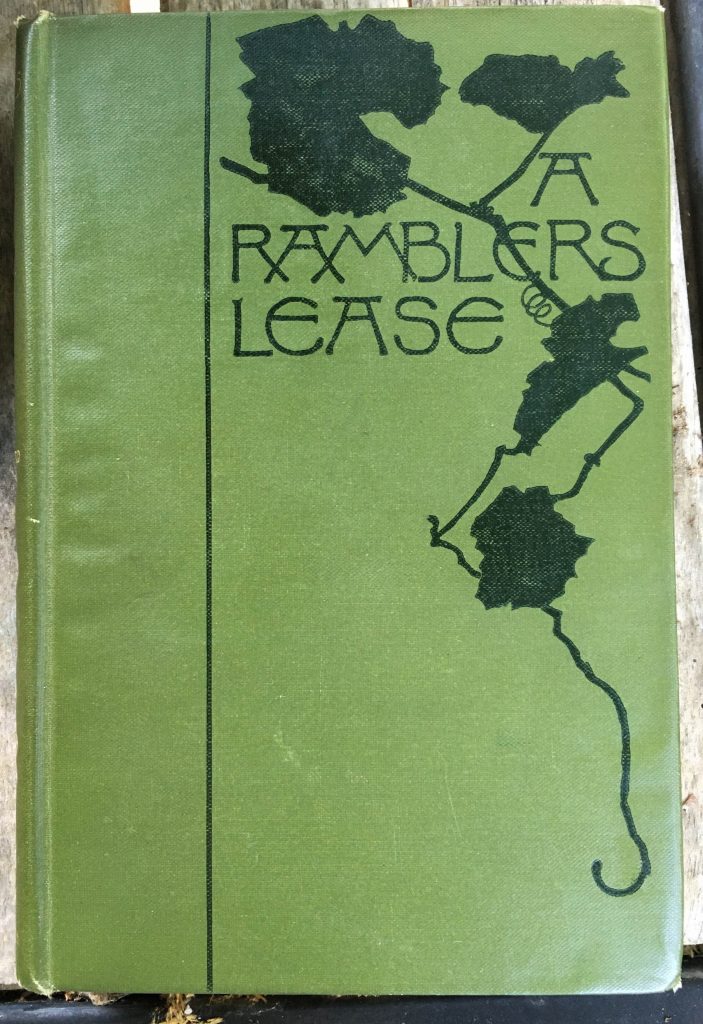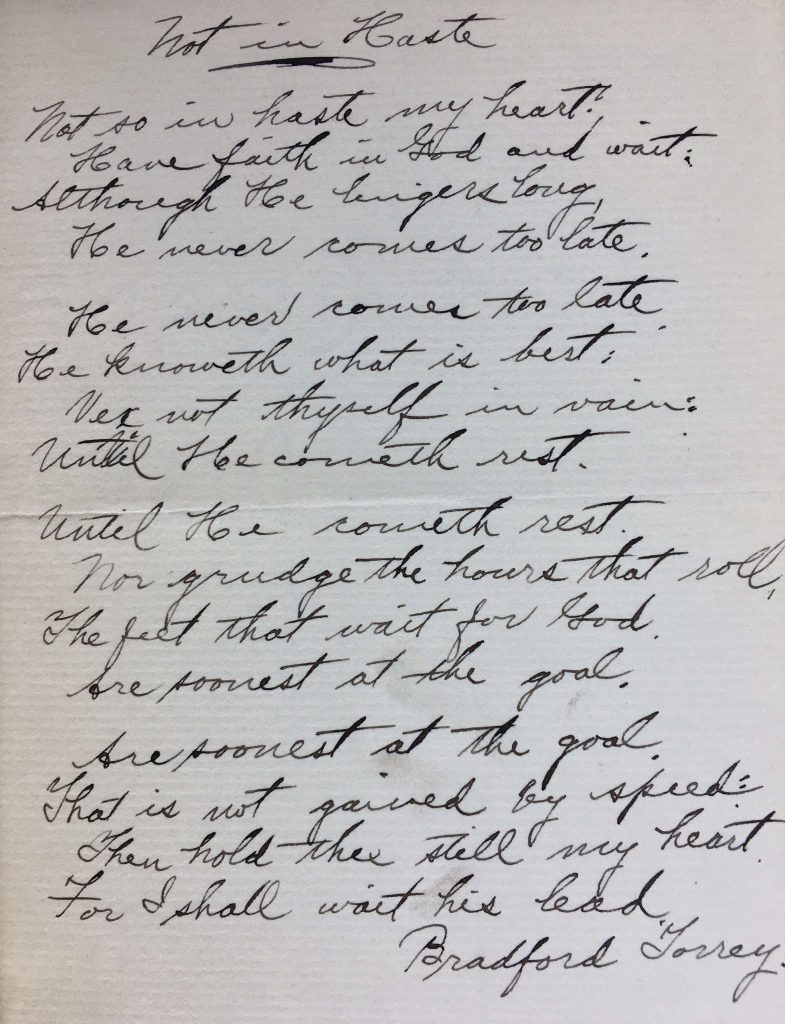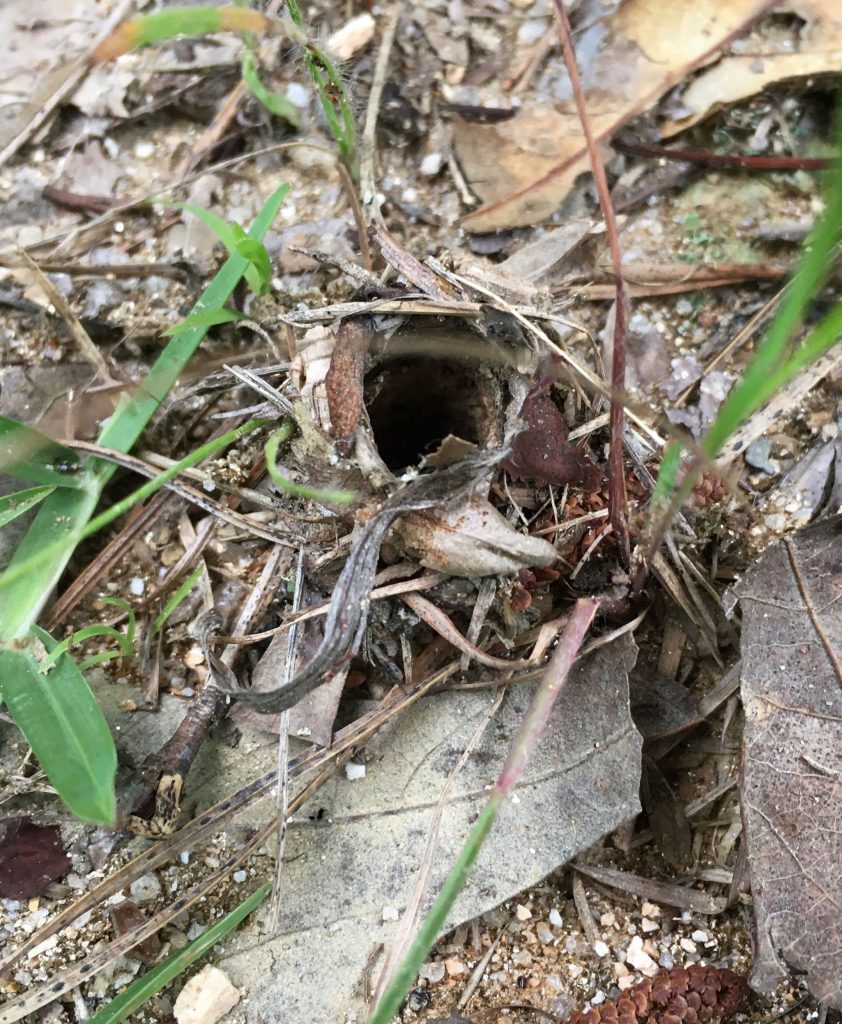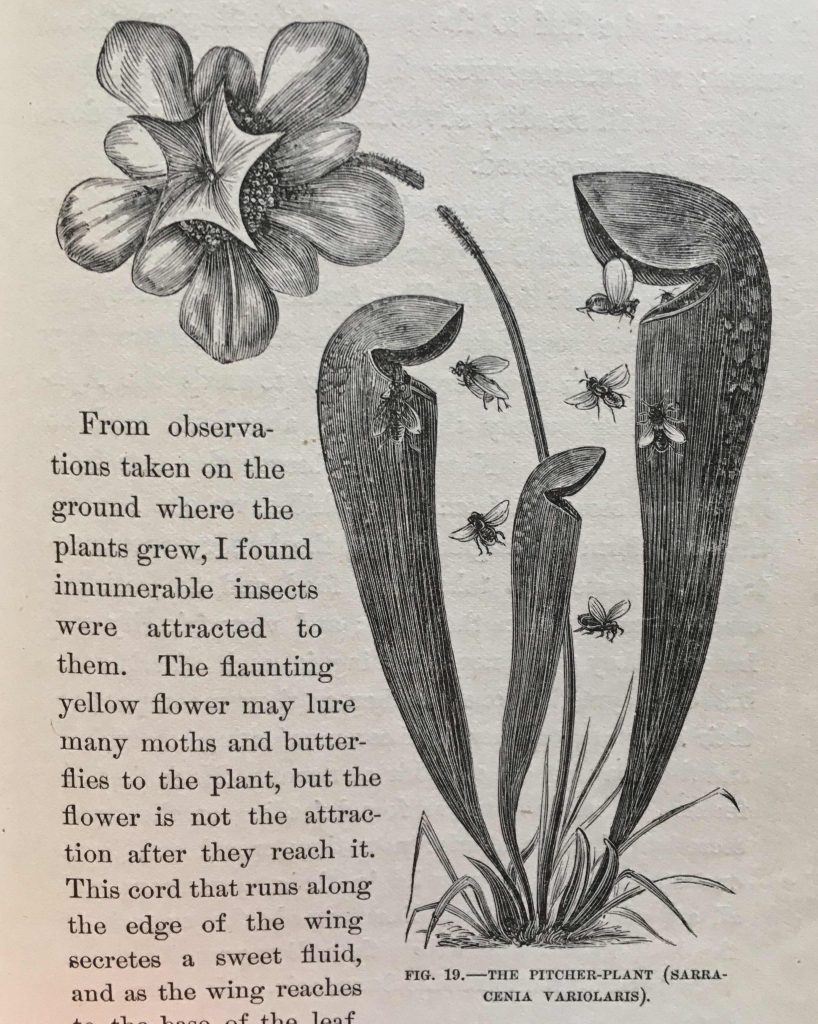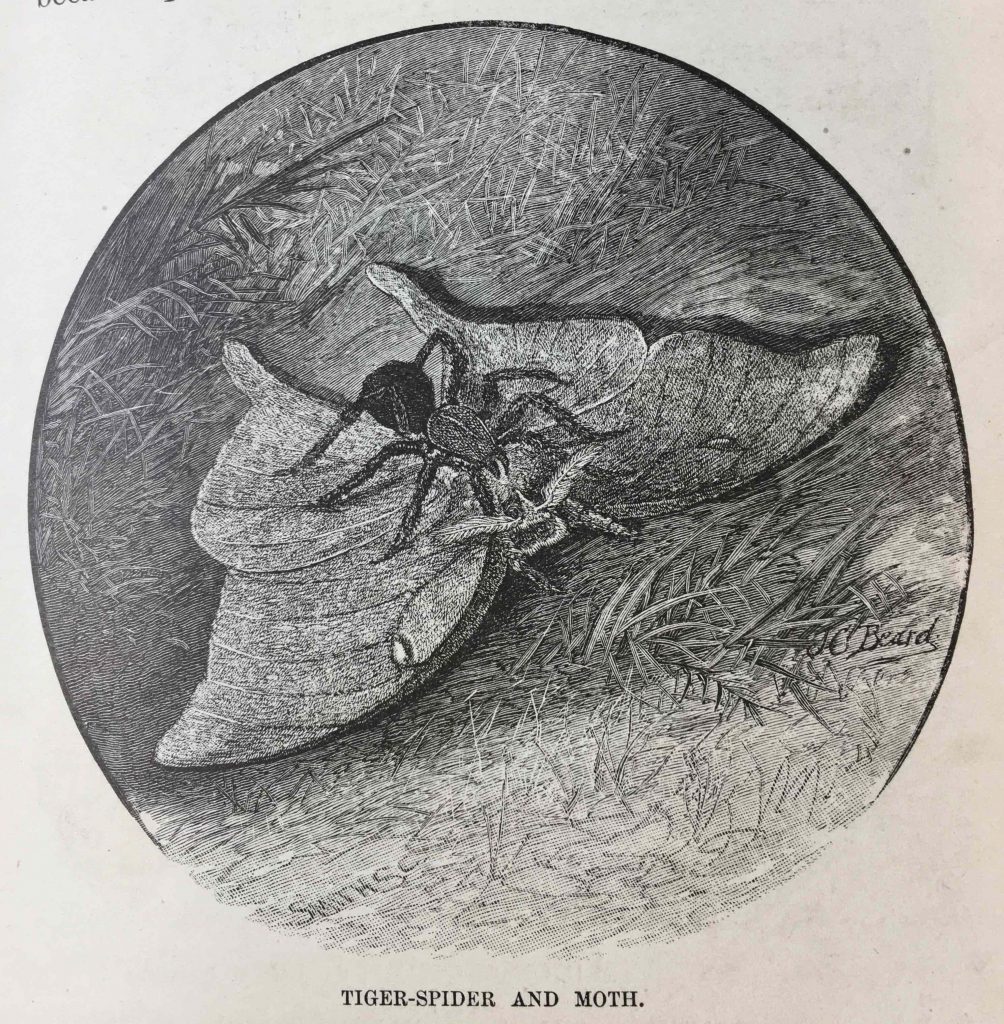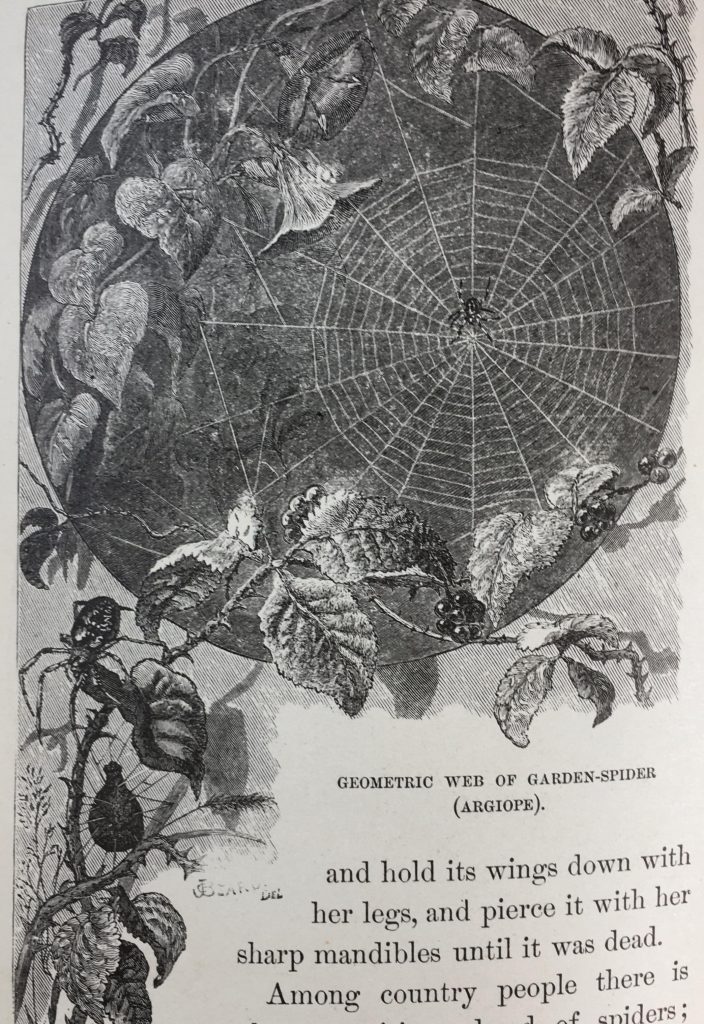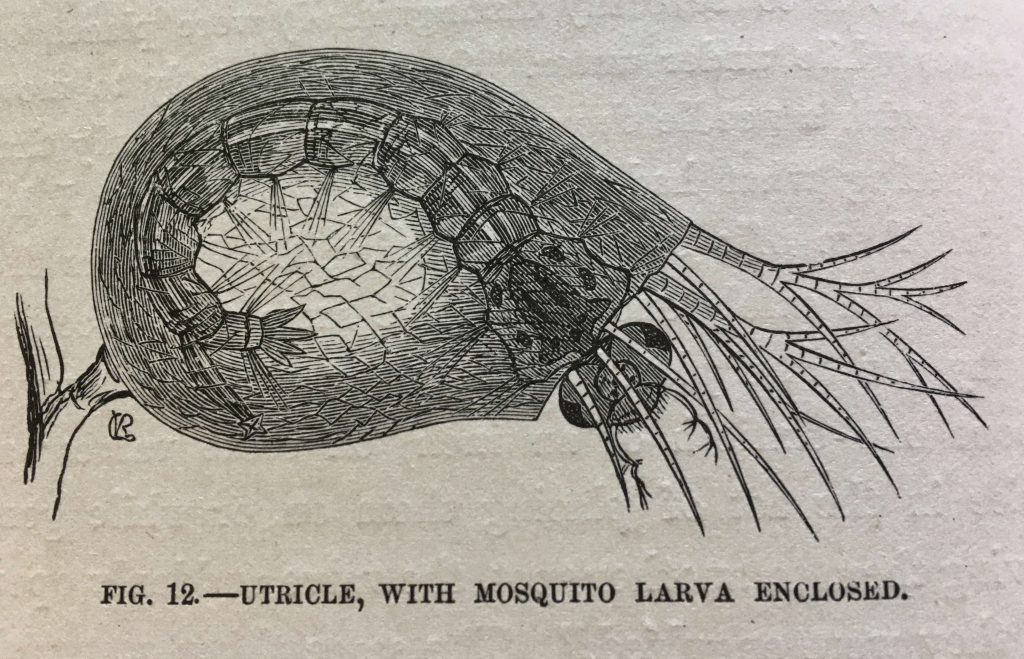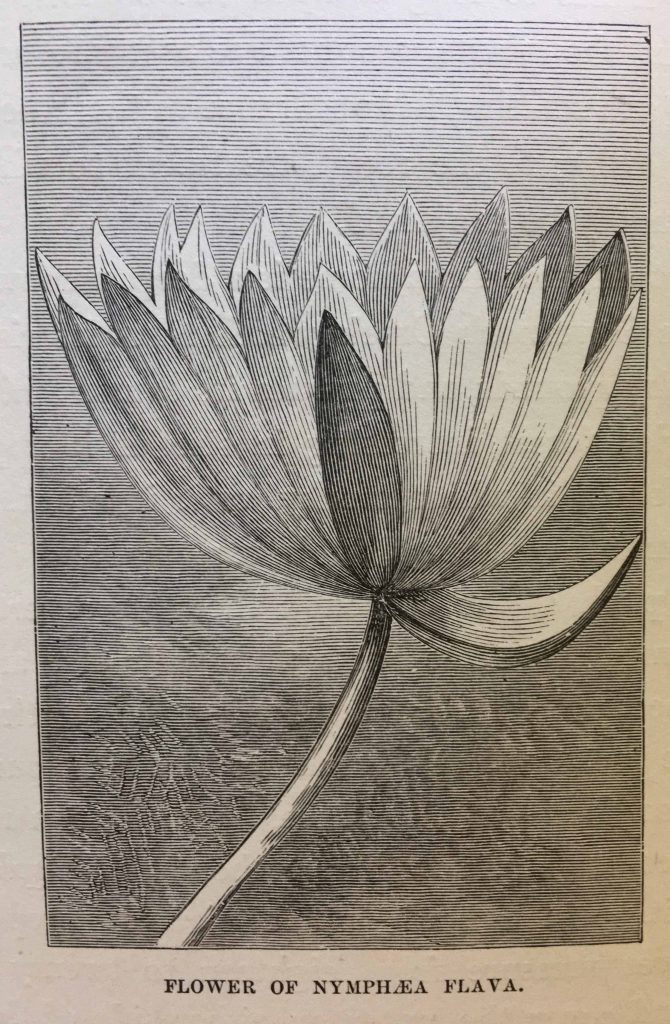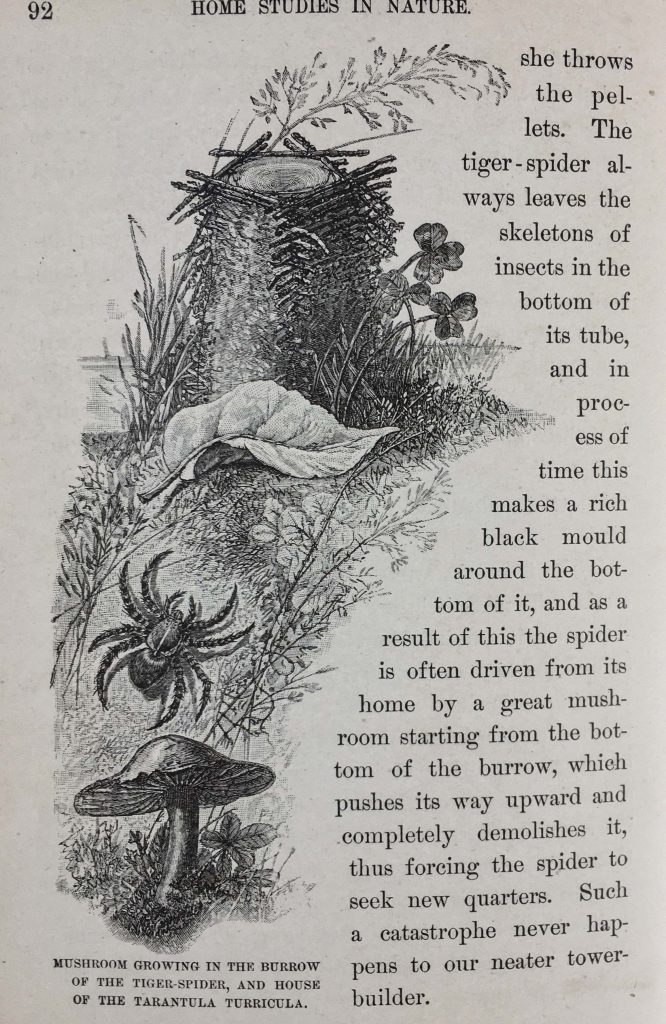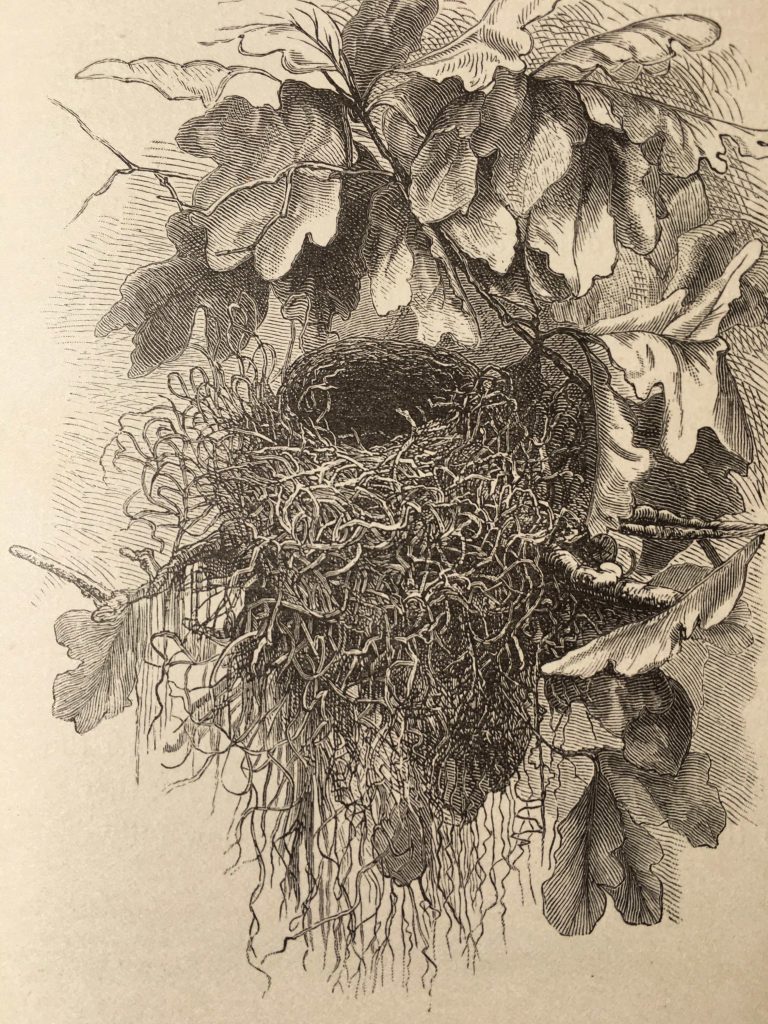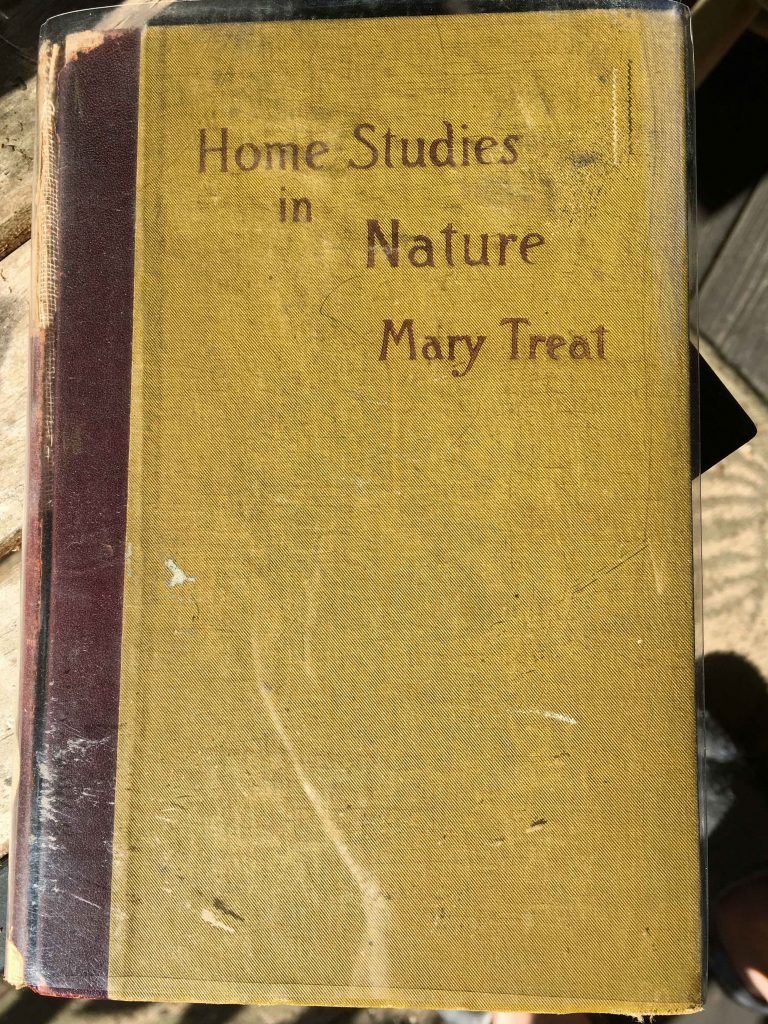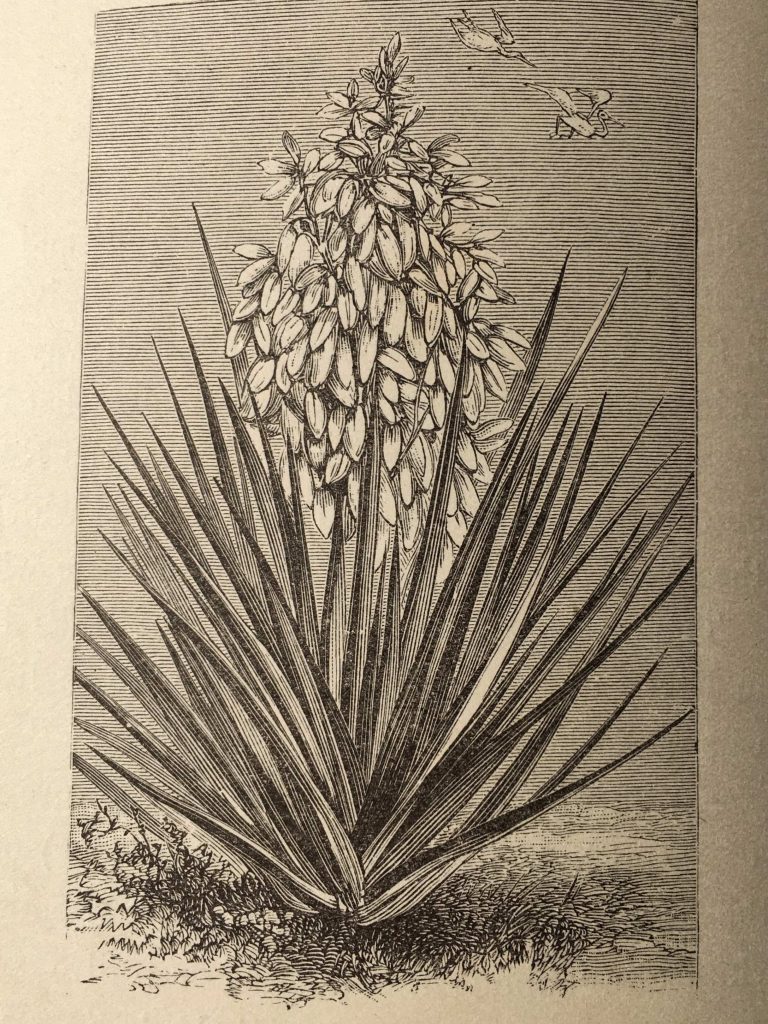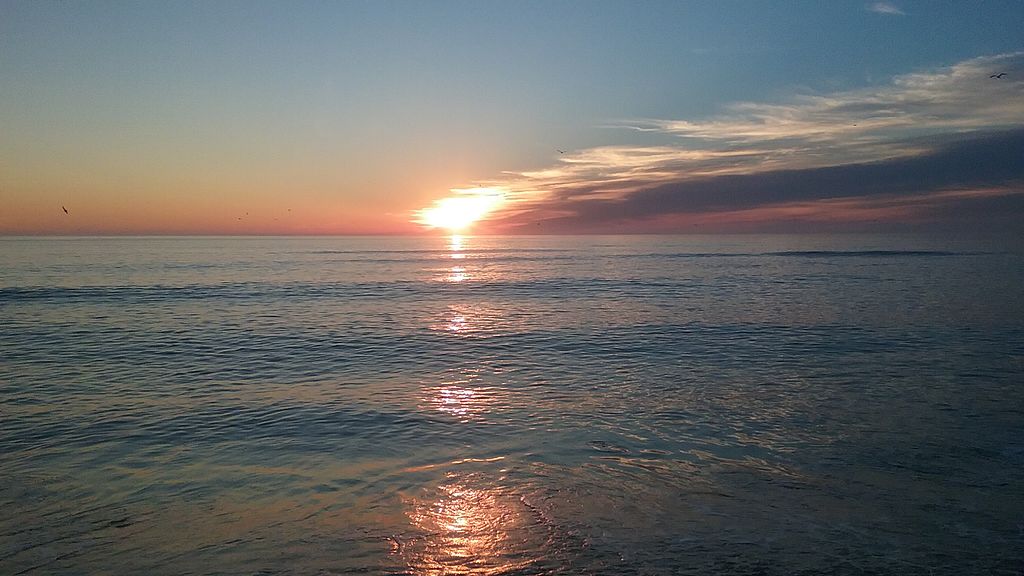
Creation is here and now. So near is man to the creative pageant, so much a part is he of the endless and incredible experiment, that any glimpse he may have will be but the revelation of a moment, a solitary note heard in a symphony thundering through debatable existences of time. Poetry is as necessary to comprehension as science. It is as impossible to live without reverence as it is without joy.
CAUGHT UP IN POETIC WONDER, I HAVE COME HOME. In Beston’s writing, I glimpse nature as elemental force pervading the planet, flowing through our veins, rooting us to the land, to each other, to the sea, to the sky. I share the Outermost House with him, gazing reflectively into the hearth, peering out the window into a thunderstorm, seeing the swirl of birds just beyond the doorway in the dunes. Having read six previous nature writers, all struggling to convey something of what it is to encounter the natural world, I find success at last in Beston’s prose. All six authors — Treat, Torrey, Thomas, Burroughs, Stratton-Porter, Flagg — struggled to combine scientific scrutiny with poetic rapture. Their solution, time and again, was to riddle their prose with snatches of poetry — Emerson, Whitman, or even original work. Poetry and prose remained separate, apart. The prose spoke of wonder at times, yet never fully realized it. Until now. In “The Outermost House”, Beston has brought the two together at last, crafting some of the most soaring, magnificent sentences I have ever read. There is scientific insight here, and there is wonder here too. I am not quite clear where one ends and the other begins. Here, for instance, Beston explains how he came to take up solitary residence there, in words that could have been written just yesterday:
The world today is sick to its thin blood for lack of elemental things, for fire before the hands, for water welling from the earth, for air, for the dear earth itself underfoot. In my world of beach and dune these elemental presences lived and had their being, and under their arch there moved an incomparable pageant of nature and of the year. The flux and reflux of ocean, the incomings of waves, the gatherings of birds, the pilgrimages of the peoples of the sea, winter and storm, the splendor of autumn and the holiness of spring — all these were part of the great beach. The longer I stayed, the more eager was I to know this coast and share its mysterious and elemental life….
THERE IS CLARITY AND WHOLENESS — AND HOLINESS — TO “THE OUTERMOST HOUSE”. Beston’s small cabin, the fo’c’sle, is positioned within a field of elemental forces — wind and wave and the life-energy of the schooling fish and flocking seabirds. And it is situated in a liminal space, between ocean water and salt marsh. Human presences are there, but isolated and largely predictable — the regular beats of the Coast Guard walking from the station at Nauset Light in the north, southward to a half-way house (a small structure lying halfway to the next station), then back to Nauset Light again. Beston would watch the time for the moment of their passage, hoping for a knock on the door, hot coffee prepared for the visitor. His world was contained, whole, and at once both austere and rich without measure: “…there is always reserve and mystery, always something beyond, on earth and sea something which nature, honouring, conceals.” And always overhead, the Sun, whose seasonal wanderings traverse the pages of Beston’s book:
We lose a great deal, I think, when we lose this sense and feeling for the sun. When all has been said, the adventure of the sun is the great natural drama by which we live, and not to have joy of it and awe of it, not to share in it, is to close a dull door on nature’s sustaining and poetic spirit.
FOR BESTON, NATURE, TOO, IS ELEMENTAL — AN ENERGY FLOWING THROUGH ALL BEINGS, NOT STRICTLY CONTAINED IN DISTINCT FORMS, BUT A FECUND FIELD OF POSSIBILITY. “Dwelling thus upon the dunes,” he explained, “I lived in the midst of an abundance of natural life which manifested itself every hour of the day, and from being thus surrounded, thus enclosed within a great whirl of what one may call the life force, I felt that I drew a secret and sustaining energy…. Life is as much a force in the universe as electricity or gravitational pull, and the presence of life sustains life.”
WITHOUT DOUBT, BESTON’S “THE OUTERMOST HOUSE” IS ONE OF THE GREATEST WORKS OF NATURE WRITING EVER WRITTEN. He is renowned today chiefly as a regional writer, a naturalist who captured vividly life on the Cape Cod shore and, quite a few years later, on a farm in Maine (“Northern Farm”, 1948). “The Outermost House” is still in print, though that is not true of his other books. The book stands above the others I have read for several reasons. As I noted at the opening of this post, Beston merged science and poetry into a single, powerful voice, and used that voice to enchant the reader with the experience of life on the shore of Cape Cod. He also constructed a single, highly coherent work that spanned a natural passage of time (a year) — though, like Thoreau with Walden, he actually condensed the experiences of about two years down to one. For months, Beston gave himself fully to the experience of inhabiting the world, observing the birds and ants and growing dune grasses during the daytime, and writing into the evening. I sense, too, that Beston, in the wake of his years as a foreign war correspondent in Europe and stationed aboard a US destroyer, hungered for the deep, elemental engagement with the cosmos that living in the Outermost House offered him. The results were moments of wonder, awe, and deep insight — such as this famous passage about animals — the myriad other beings with which we share this planet — with which I will close this brief essay:
We need another and a wiser and perhaps a more mystical concept of animals. Remote from universal nature, and living by complicated artifice, man in civilization surveys the creature through the glass of his knowledge and sees thereby a feature magnified and the whole image in distortion. We patronize them for their incompleteness, for their tragic fate of having taken form so far below ourselves. And therein we err, and greatly err. For the animal shall not be measured by man. In a world older and more complete than ours they move finished and complete, gifted with extensions of the senses we have lost or never attained, living by voices we shall never hear. They are not brethren, they are not underlings; they are other nations, caught with ourselves in the net of life and time, fellow prisoners of the splendour and travail of the earth.
AS A POSTSCRIPT, I WILL SHARE BRIEFLY ABOUT THE COPY OF THE BOOK THAT I READ THIS WEEK. Limited by financial considerations, I stopped short of buying a first edition hardcover of this work; eBay currently offers a signed copy of the work for merely $5,000 (but at least there is free shipping). I settled for a Viking Compass Edition paperback in its 11th printing from September, 1969. It included a forward written by Beston to mark the 20th anniversary of the work in 1949. The font and typesetting, at least, were the same as in the original hardcover edition. The back cover includes the text of a plaque placed on the house in a 1964 ceremony declaring it a National Literary Landmark. Beston actually attended the ceremony; it was his final visit there. (Unfortunately, the fo’c’sle was washed out to sea in a winter storm in February, 1978.) The brief bio of the author on the back cover of my book uses present tense to describe Beston, though he had actually died a year and a half before my copy was printed. As for the book’s history, it contains no marks that would offer clues, except for a bookseller’s stamp for the Fireside Book Shop in Chagrin Falls, Ohio, a small town east of Cleveland.
